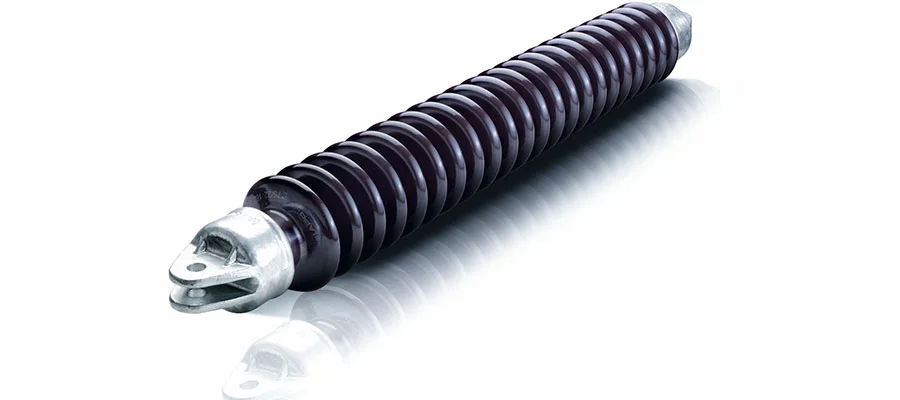Insulator
Transmission Tower and Electrical > Insulator
Let our experience be your guide
Get Your First Free Consultation!

INSULATOR
- Pin Insulators
- Suspension Insulators
- Strain Insulators
- Shackle Insulators
Pin Insulators
Suspension Insulators
For voltages above 33 kV, the pin insulators are found to be commercially unproductive. In certain cases, suspension insulators are used in overhead lines. A suspension insulator is made up of a series of porcelain discs connected to each other with metal links, which eventually forms a string. The bottom end of the suspension string is suspended with a line conductor which is then secured to cross-arm of the tower. The number of discs in a suspension insulation string depends on the working voltage. Each of the discs are designed for a low voltage, of about 11 kV. So depending upon the working voltage, the number of discs can be calculated and installed accordingly.
An added benefit of using suspension insulators are, if any of the disc is damaged, it can easily be replaced. The replacement of the entire string is not necessary. In case the working voltage needs to be increased, the required insulation can easily be provided by increasing the number of discs in the string. Being suspended by the strings, the line conductors run below the earthed cross arms of the tower. As a result, it provides partial protection from lightening during thunderstorms. The suspended insulators also provide added flexibility to the line. These type of insulators swings in the air and accordingly positions itself at areas with minimum mechanical stress.
Strain Insulators
Shackle Insulators
Benefits of the insulators we deal with:
- We deal with insulators of high mechanical strength, that are capable to withstand wing loads and high conductor loads.
- Our insulators are enabled with high electrical resistance that minimizes the leakage currents.
- The insulating materials of our insulator bears high relative permittivity. Eventually the dielectric strength remains high.
- The insulators come with high ratio of puncture strength to flashover.
- The insulators are protected from rain with the help of rain sheds.
- The insulators are robust, seamless and extremely resistant to adverse weather conditions and calamities.
